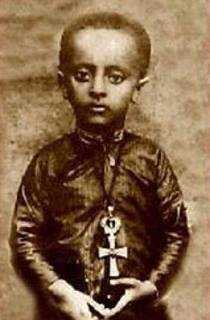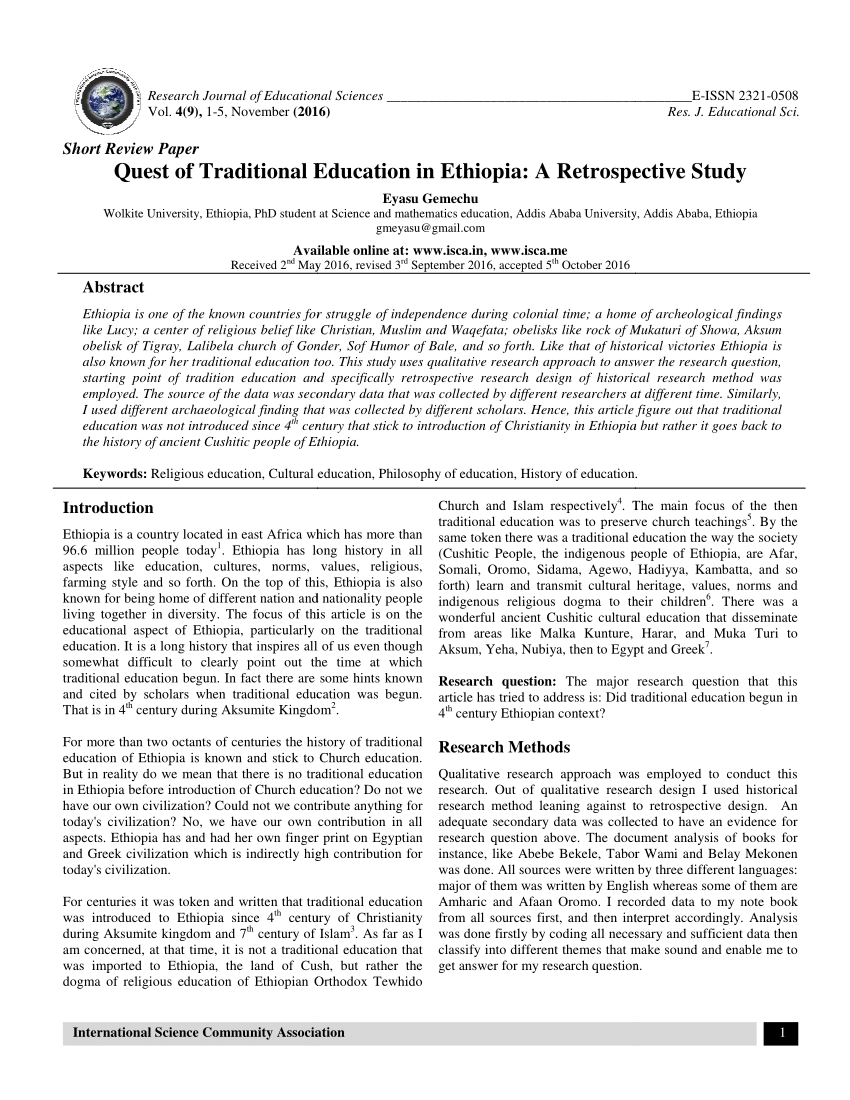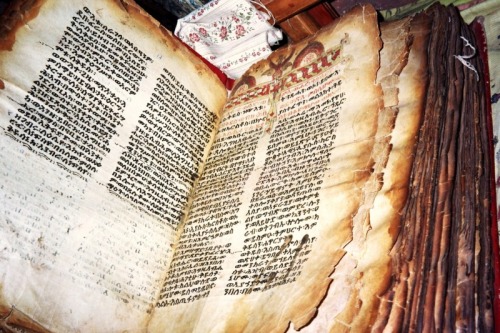

The history of Ethiopia is closely interwoven with that of Egypt. ( ) They were divided into various tribes, of which the Sabeans were the most powerful. The inhabitants of Ethiopia were a Hamitic race. ( ) The Hebrews do not appear to have had much practical acquaintance with Ethiopia itself, though the Ethiopians were well known to them through their intercourse with Egypt. The country which the Greeks and Romans described as 'AEthiopia' and the Hebrews as 'Cush' lay to the south of Egypt, and embraced, in its most extended sense, the modern Nubia, Sennaar, Kordofan and northern Abyssinia, and in its more definite sense the kingdom of Meroe. Public Domain, copy freely.N indicates this entry was also found in Nave's Topical BibleH indicates this entry was also found in Hitchcock's Bible NamesS indicates this entry was also found in Smith's Bible DictionaryBibliography InformationEaston, Matthew George. Easton M.A., D.D., Illustrated Bible Dictionary, Third Edition,published by Thomas Nelson, 1897.


Herodotus, the Greek historian, describes them as 'the tallest and handsomest of men.' They are frequently represented on Egyptian monuments, and they are all of the type of the true negro.Īs might be expected, the history of this country is interwoven with that of Egypt.Ethiopia is spoken of in prophecy ( ).These dictionary topics are fromM.G. They carried on some commercial intercourse with it ( ).Its inhabitants were descendants of Ham (, 'scattered and peeled,' A.V. This country was known to the Hebrews, and is described in. It corresponds generally with what is now known as the Soudan (i.e., the land of the blacks).

Ethiopiacountry of burnt faces the Greek word by which the Hebrew Cush is rendered ( Kings ), a country which lay to the south of Egypt, beginning at Syene on the First Cataract ( ), and extending to beyond the confluence of the White and Blue Nile.


 0 kommentar(er)
0 kommentar(er)
